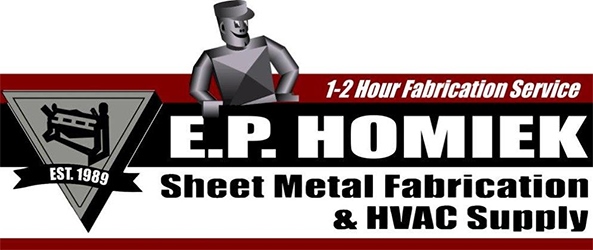Avoid Flex Duct Installation Pitfalls
- Posted on August 6, 2021
- by admin
- in Blog_Posts
- Comments Off on Avoid Flex Duct Installation Pitfalls
Ease of installation is one of the primary reasons for the popularity of flexible duct in new construction HVAC systems. Paradoxically, ease of installation is flex duct’s biggest drawback. Substandard flex duct installation is a common and widespread problem that degrades HVAC system performance.
Flex duct that is properly installed according to local codes and manufacturer specification can perform almost as well as a rigid metal duct system. But flex duct has higher friction losses than sheet metal ductwork due to its spiral wire construction, and turbulence due to sagging, kinks, runs that are too long or not properly supported, too many bends, and sharp turns can significantly increase resistance.
Several years ago, a study conducted by Texas A&M found virtually no difference in pressure drop between flex duct and rigid sheet metal duct when properly stretched and installed. But at just 4% compression (slack), flex duct moved 37% less CFM than metal duct. At 15% compression, friction rates doubled, and at 30% they quadrupled.
To ensure maximum HVAC system efficiency, flex duct systems must be well-designed and properly installed. The most basic and important requirement is to use the minimum length of duct for each connection and ensure that the inner liner is pulled tight to reduce air resistance. Sag should not exceed half-inch per foot, and support straps should be at least 1.5 inches wide and spaced at short intervals no more than four feet apart. Flex duct bend radius should equal or exceed one duct diameter, but an even better practice is to use rigid metal duct and fittings for bends and flex for straight runs. Avoid too many ducts coming off the plenum. Finally, avoid installing oversized units to compensate for expected airflow problems due to poor flexible duct installation as this is an inadequate and inappropriate fix.
E.P. Homiek Sheet Metal carries flexible duct and can help HVAC contractors with flex duct selection for their specific installation needs.
If you enjoyed this article please consider sharing it!




